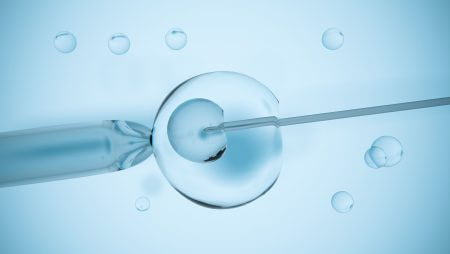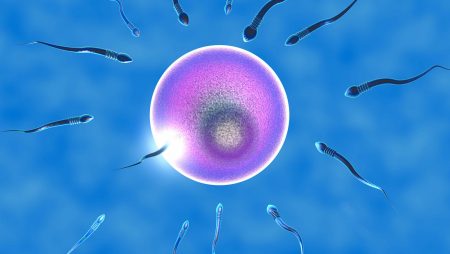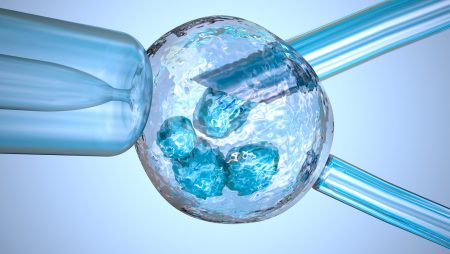What is Gender Selection?
Gender selection is an in vitro fertilization treatment method that allows prospective mothers and fathers to determine the gender of their babies. In this treatment method, embryos with the desired gender are transferred to the uterus of the prospective mother. Thus, prospective mothers and fathers have the baby of the gender they want.
In in vitro fertilization treatment, the egg cells of the prospective mother and the sperm cells of the prospective father are combined in a laboratory environment and turned into embryos. A biopsy is performed on these embryos for genetic diagnosis purposes. The biopsy cells taken with the appropriate genetic diagnosis methods PGT (Preimplantation Genetic Diagnosis) and NGS (Next Generation Sequencing) are evaluated by genetic experts. In this way, genetic disorders, genetic carrier diseases and gender in the embryo are determined.
Non-medical methods applied for gender determination (nutrition, Chinese calendar, etc.) do not provide definitive results. Only by performing biopsy on embryos obtained during in vitro fertilization treatment (PGT) and methods such as FISH-NGS, a 99.9% definitive result is obtained. However, this should not be understood as a guaranteed pregnancy. The pregnancy rate of each prospective mother varies. This varies depending on the number of eggs, egg quality, embryo quality, age and the condition of the uterus. This rate (99.9%) is the accuracy rate of the gender of the result in case of pregnancy.
Gender Selection with PGT Method
It is the most preferred FISH method. It starts with a biopsy of the embryos on the 3rd day. The biopsy cells taken are analyzed in the genetic laboratory. According to the result, suitable embryos are transferred on the 5th day. Since a limited number of chromosomes are scanned, it gives results in a shorter time and is a more cost-effective procedure. The embryos are examined for chromosomes 13, 18, 21, X and Y (X and Y are sex chromosomes).
Gender Selection Treatment
The treatment plan of the prospective mother who is deemed suitable for this treatment method is made with the examination, tests and examinations performed. Sometimes, if the planned time period for the treatment is very important for the prospective parents, oral contraceptives are used as a pre-treatment and possible negative developments such as cysts are prevented. In this way, the actual treatment is prepared to begin.
The treatment is started on the 2nd or 3rd day of the prospective mother’s menstrual period. If there are no asynchronous egg development, cysts, etc. as a result of the examination, hormone tests such as Estradiol-Lh-Progesterone are also performed and the treatment is started. A treatment protocol is determined in accordance with the prospective mother’s age, weight and egg reserve. The most preferred of these protocols is the antagonist protocol known as the short protocol. In this protocol, egg enlarging and multiplying hormone injections are started at the appropriate dose. This treatment, which lasts approximately 9-15 days, is completed by performing ultrasounds every 2-3 days and checking the hormones depending on the situation.
In this treatment, examinations can also be performed in the country you are in. If you have one, you can be under the control of your own doctor or a doctor we recommend.
When the eggs reach sufficient number and size (18-20 mm), a cracking needle is given and egg collection is planned after 34-36 hours.
The last needle of the treatment is the hcg needle, known as the cracking needle. The day and time of administration are very important and affect the success of the treatment. The time difference between countries should also be taken into account when determining the time of the needle. If there are more than 20 follicles in the ovaries and the E2 (estrogen) hormone is 3000 and above, a special cracking needle is used to prevent the development of the complication known as OHSS. OHSS (Ovarian Hyperstimulation Syndrome) is a very serious complication in which there is excessive growth in the ovaries and fluid leakage out of the vein. In this case, the embryos are frozen and a transfer is planned in the following months.
The Process After Gender Selection Treatment
The most exciting period that never ends. 12 days can create excitement like a wait that lasts months. We, like you, sincerely wish this process to be successful with excitement. If your pregnancy test is positive, we recommend that you make an appointment for an ultrasound after 10 days. Depending on the result, sometimes your pregnancy test may need to be repeated after 2 days. If your pregnancy test is negative, the medications used are stopped and the test may be repeated.





